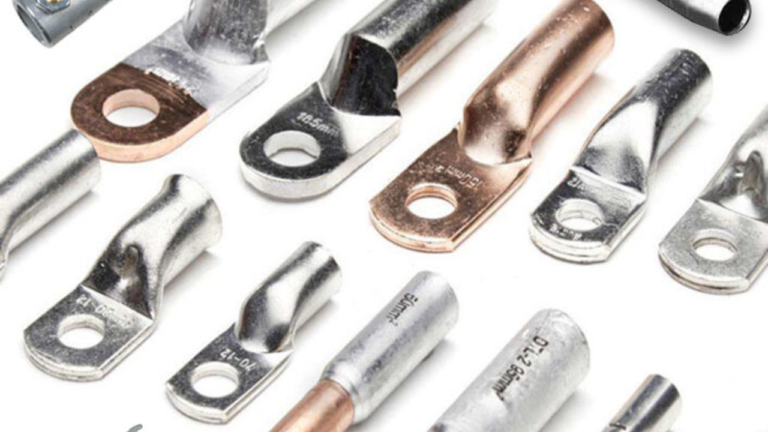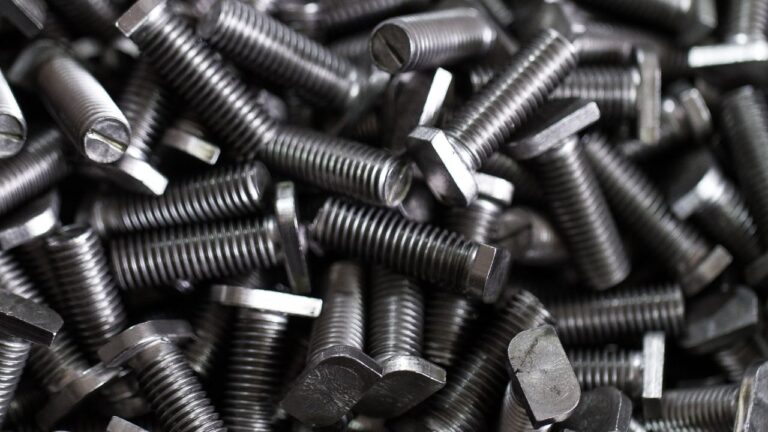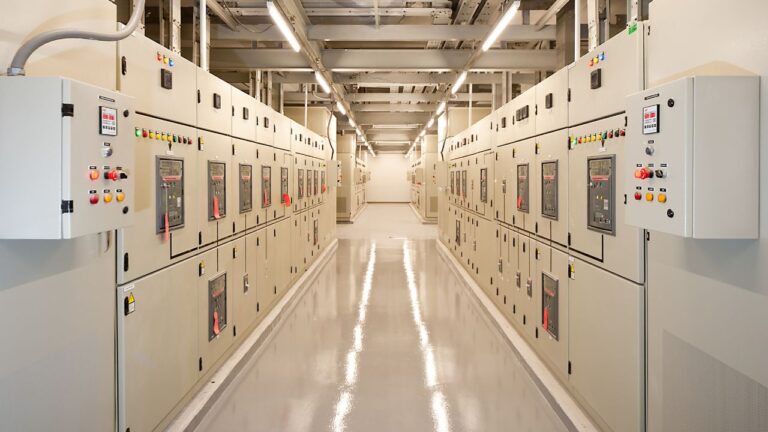CNC Milling Services for HVAC & Refrigeration Equipment
Frigate provides precision CNC milling solutions tailored for HVAC and refrigeration equipment. Our process supports tight-tolerance, production-ready components built for thermal management, air control, and system reliability.
Our Clients



































- Precision Without Compromise
Advantages of Our CNC Milling Services
Our team applies controlled milling parameters to maintain dimensional accuracy on castings, forged blanks, and billet stock.
Thermally-Stable Milling
We stabilize vibration and thermal drift through pre-set tooling offsets and adaptive thermal compensation in climate-exposed components.
Aluminum Fin Profile Cutting
Tapered cutters and synchronized axis control allow rapid machining of complex heat exchanger fin geometries while protecting wall integrity.
Multi-Axis Slotting for Airflow Units
High-speed rotation and coolant-fed tools enable clean slotting for blower casings and coil brackets, reducing post-machining cleanup.
- Process Overview
Our CNC Milling Process
We combine high-feed strategies and toolpath optimization to maintain surface flatness, uniform thickness, and repeatability across varied batch volumes.

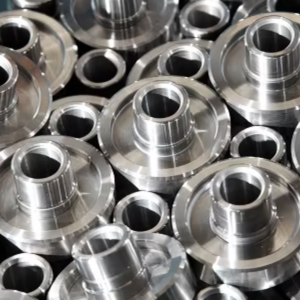
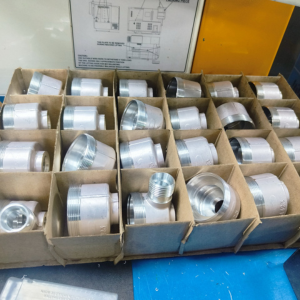
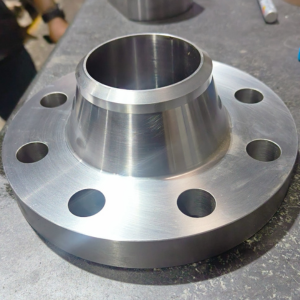

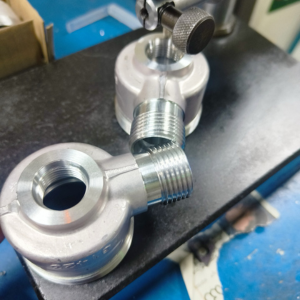
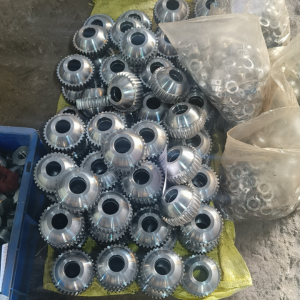
Engineers design the part using CAD (Computer-Aided Design) software. The design includes all dimensions and specifications.
The CAD design is converted into CNC code, often using CAM (Computer-Aided Manufacturing) software. This code tells the milling machine how to move and cut the material.
Operators prepare the CNC milling machine by securing the material (workpiece) and installing the appropriate cutting tools.
The CNC machine reads the code and starts milling. The cutting tool rotates and moves along multiple axes to remove material from the workpiece and shape it into the desired part.
The machine monitors the cutting operations throughout the process. Operators may make adjustments to ensure precision and quality.
After milling, the part may undergo additional processes like deburring or polishing to achieve the final specifications.
The finished part is thoroughly inspected to meet all design requirements and tolerances.
- Real Impact
Words from Clients
See how global OEMs and sourcing heads describe their experience with our scalable execution.
“Quick turnaround and solid quality.”
“The instant quote tool saved us time, and the parts were spot-on. Highly recommend Frigate!”
“Great service, fair price, and the parts worked perfectly in our assembly.”
“Top-notch machining and fast shipping. Very satisfied with the results.”
“Frigate delivered high-quality parts at a competitive price. The instant quote tool is a huge plus for us!”
“We appreciate the precision and quality of the machined components in the recent delivery—they meet our specifications perfectly and demonstrate Frigate’s capability for excellent workmanship.”
“Flawless execution from quote to delivery.”
“The precision on these parts is impressive, and they arrived ahead of schedule. Frigate’s process really stands out!”
“Parts were exactly as spec’d, and the instant quote made budgeting a breeze.”
“Good value for the money.”
“The finish was perfect, and the team was easy to work with.”
- Finishing Standards
Surface Finish for HVAC CNC Parts
Our milling operations achieve uniformity across contact, sealing, and reflective surfaces, minimizing friction and material wear in operational environments.
Anodizing
Give your aluminum parts a tough, corrosion-resistant shield with anodizing, reaching surface hardness up to HV 500, while enhancing electrical insulation and durability.
Mechanical Finishing
Smooth out imperfections and refine surfaces to Ra 0.2 µm or better with mechanical finishing techniques like grinding, polishing, and bead blasting.
Heat Treatment
Boost material strength and hardness by heat treating parts at temperatures up to 1100°C, ensuring they meet the mechanical demands of your application.
Electroplating
Add protective or functional metal coatings with electroplating, delivering consistent layers as precise as ±2 µm for improved corrosion resistance and conductivity.
Our Machined Products
We support your production needs with CNC-machined parts, subassemblies, and performance-critical components.
- Material Capabilities
Materials for CNC Milling – HVAC Applications
We work with metals and engineered plastics suitable for corrosive or thermally-active conditions. Material selection depends on part function, environment, and performance.
- Maintain material compliance for refrigerant exposure and thermal cycling limits
- Match alloys and polymers to indoor-outdoor duty and vibration thresholds
- Get certified documentation with traceability for mission-critical HVAC assemblies
A2 Tool Steel is a high-carbon, high-chromium steel known for its toughness and wear resistance. It’s ideal for producing durable, high-strength parts that can withstand heavy use.
Aluminum is a lightweight, corrosion-resistant metal with good machinability. Because of its strength-to-weight ratio, it’s commonly used in aerospace, automotive, and various industrial applications.
Brass is a copper-zinc alloy known for its machinability and corrosion resistance. It’s used for components requiring precise detailing and good mechanical properties.
Bronze is a copper-tin alloy with excellent wear resistance and strength. It’s often used for bushings, bearings, and other friction-prone components.
Cast Iron is known for its high wear resistance and machinability. It’s used in heavy-duty applications such as machinery parts and engine components.
Copper offers excellent thermal and electrical conductivity. It’s used in applications requiring heat dissipation or electrical conductivity, such as electronic components.
Steel is a versatile material known for its strength and durability. It’s used in various applications, from construction to automotive parts.
Titanium is a lightweight, high-strength metal with excellent corrosion resistance. It’s used in aerospace, medical implants, and high-performance engineering applications.
Stainless Steel offers high corrosion resistance and strength. It’s widely used in applications ranging from kitchen equipment to industrial machinery.
Zinc is a ductile and corrosion-resistant metal known for its excellent machinability, especially in its alloy forms. It's often used for components requiring intricate details, good surface finish, and precise dimensions, commonly found in automotive, hardware, and electrical applications.
- Operational Stability
Key Highlights
Our structured approach simplifies part transitions between batches and facilities. This ensures predictable delivery across long-term sourcing programs.
- Standardize milled part specs across units, facilities, and OEM tiers
- Reduce fixture changeover time for blower housing and bracket variants
- Align slotting schedules for rapid reorders during seasonal HVAC demand spikes
- Simplify traceability for welded subassemblies and machined interfacing flanges
- Enable supplier-controlled QC reports for heat exchanger and fan shroud parts

- Standards Compliance
Compliance for CNC Milling Services
Frigate’s CNC milling for HVAC systems aligns with international safety and quality regulations. Our workflows address both end-user reliability and certification traceability. We use industry-verified protocols and documentation at every stage of production.
- Maintain audit-ready trace files for UL and CE-certified HVAC builds
- Track part-level compliance across EU and US market requirements
- Match labeling and documentation to third-party HVAC product listings
Covers quality management principles used across HVAC machining projects.
Applied for air-handling systems that overlap with aerospace-grade ventilation standards.
All selected materials meet restriction requirements on hazardous substances.
Products conform to applicable European directives for HVAC equipment.
Audited processes relevant to thermal system components for aerospace-linked HVAC applications.
Used for HVAC parts supplied to Tier 1 automotive climate-control manufacturers.
Verified components for use in UL-listed HVAC assemblies and electrical enclosures.
- We export to 12+ countries
Frigate’s Global Presence
Frigate takes pride in facilitating “Make in India for the globe“. As our global network of Frigaters provides virtually limitless capacity, and through our IoT enabled platform your parts go directly into production. By digitally and technologically enabling “the silent pillars of the economy” MSME and SME manufacturing industries, we are able to tap the huge potential for manufacturing to bring the best results for our clients.

100,000+
Parts Manufactured
250+
Frigaters
2000+
Machines
450+
Materials
25+
Manufacturing Process

- Testing & Inspection
Quality Testing Standards for CNC Milling Services
To measure the roundness of cylindrical features, ensuring they meet tolerance requirements.
To check internal surfaces for flatness, critical for sealing and assembly purposes.
To identify burrs or sharp edges that may affect assembly or safety.
To ensure that complex profiles (e.g., contours, curves) conform to design specifications.
To check the topography and texture of the surface, ensuring it meets the required specifications for function or aesthetics.
To verify that the surface hardness depth meets the required specifications for wear resistance.
To measure internal stresses that could lead to deformation or failure during or after machining.
To verify grain structure, inclusions, and material consistency, ensuring the part meets performance requirements.
- Finished Components Gallery
CNC-Milled Parts for HVAC Systems
We machine to micron accuracy using dynamic zero-point setups, thermal calibration, and auto-compensated backlash. Browse the parts milled for high-cycle HVAC performance.
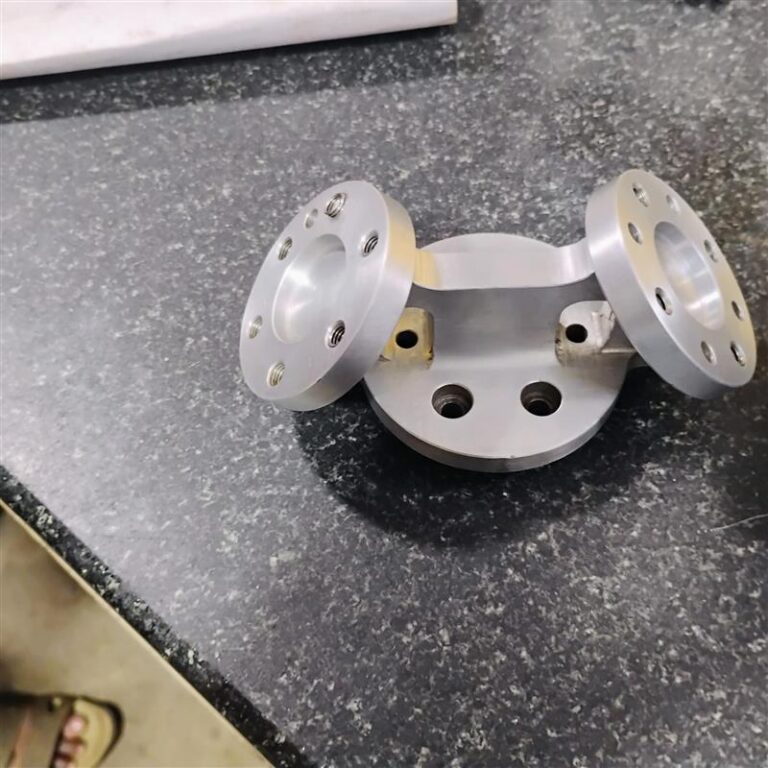
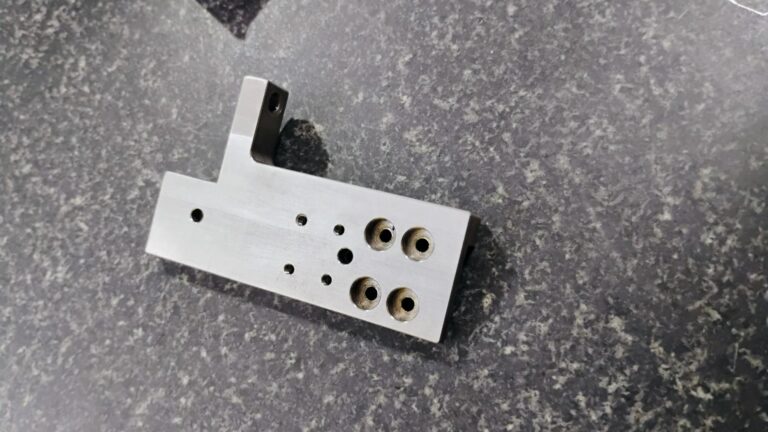
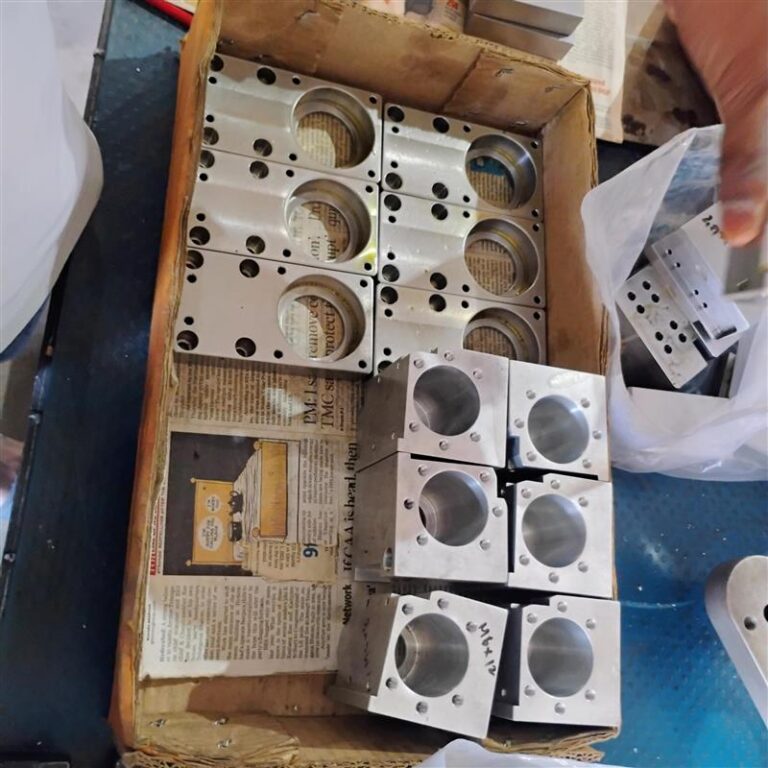
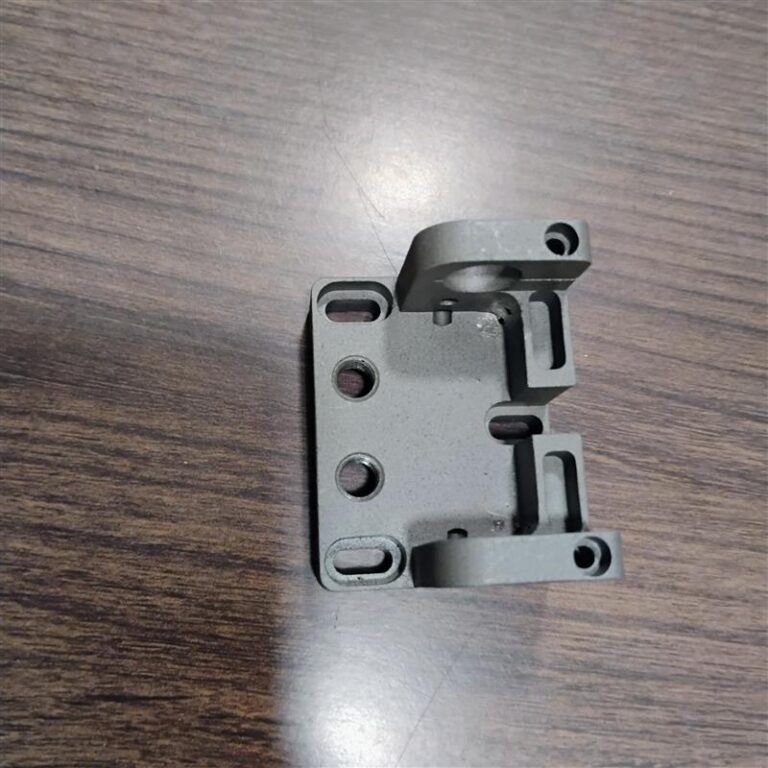
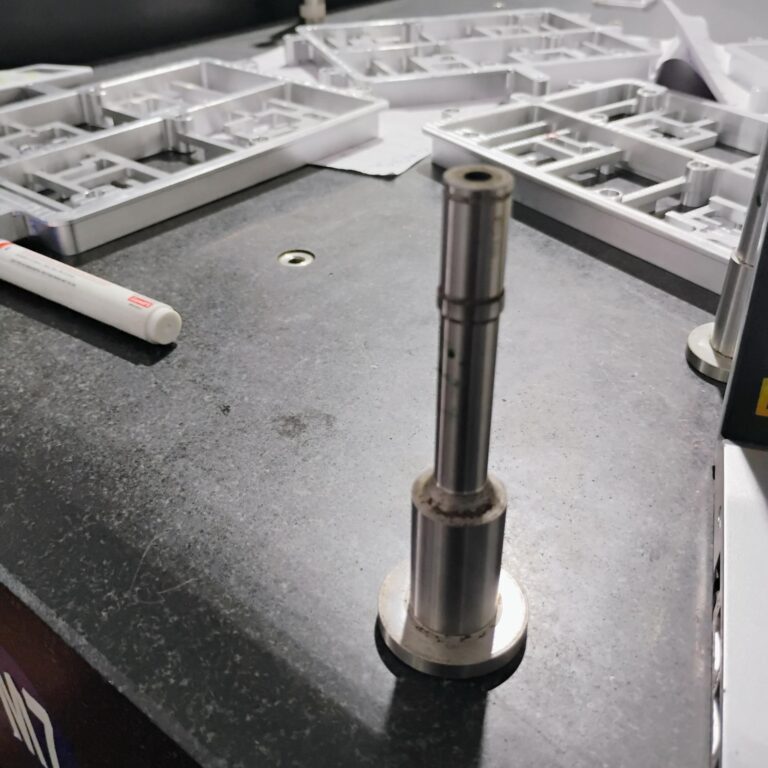
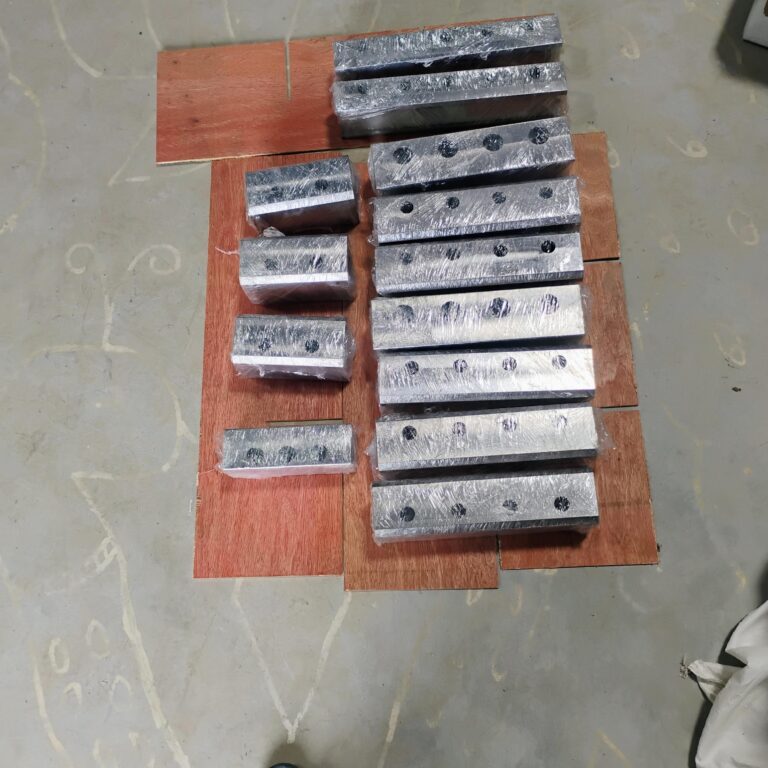


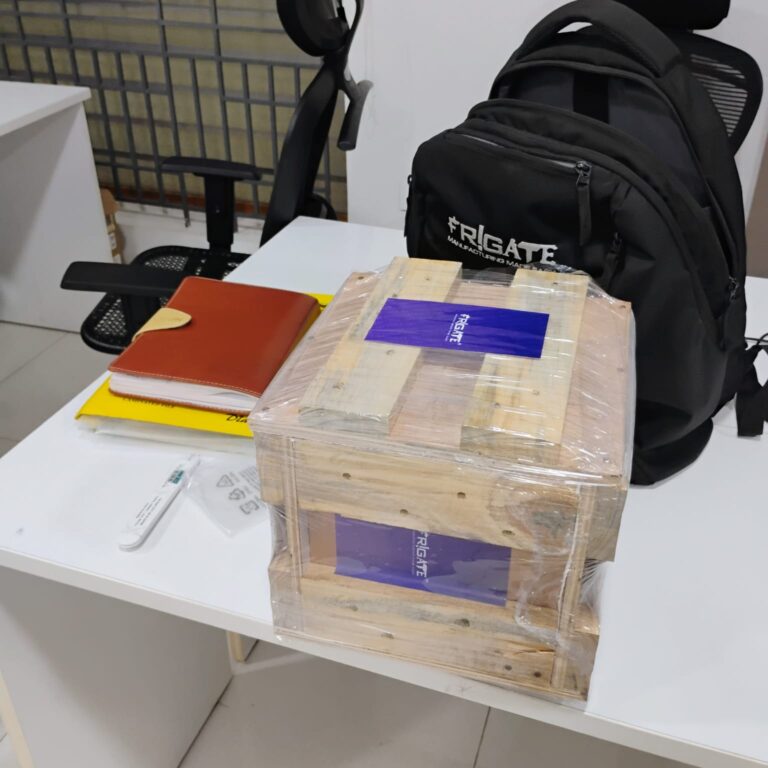



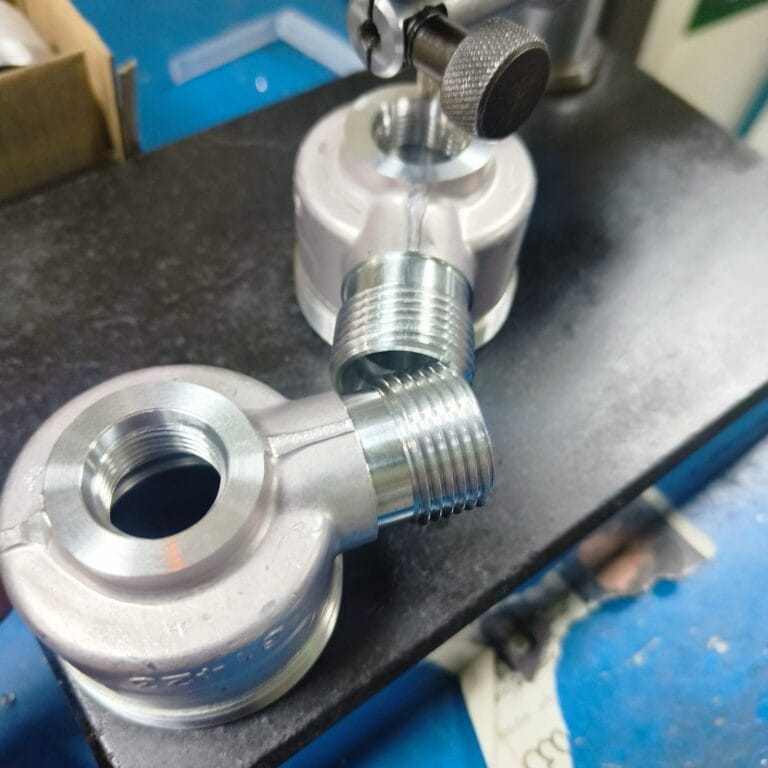
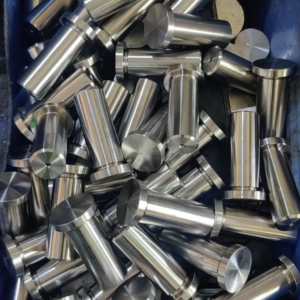
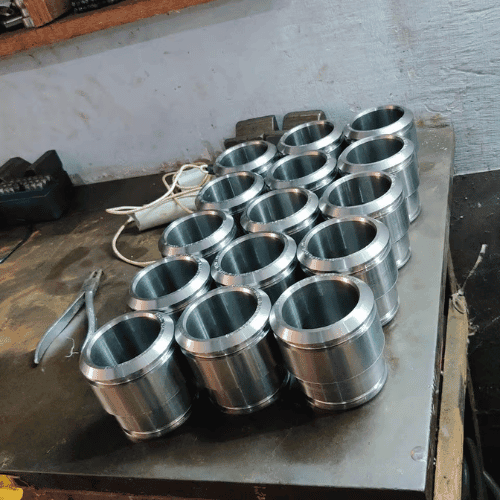
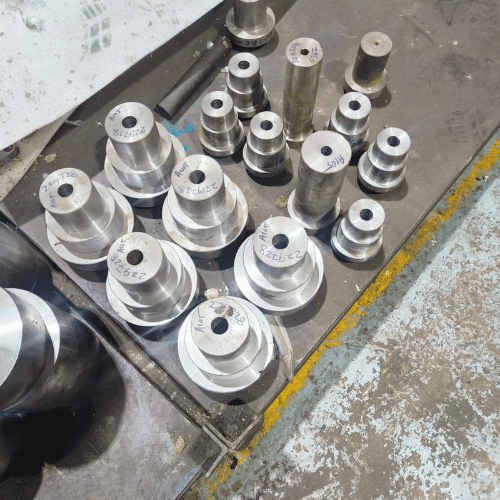
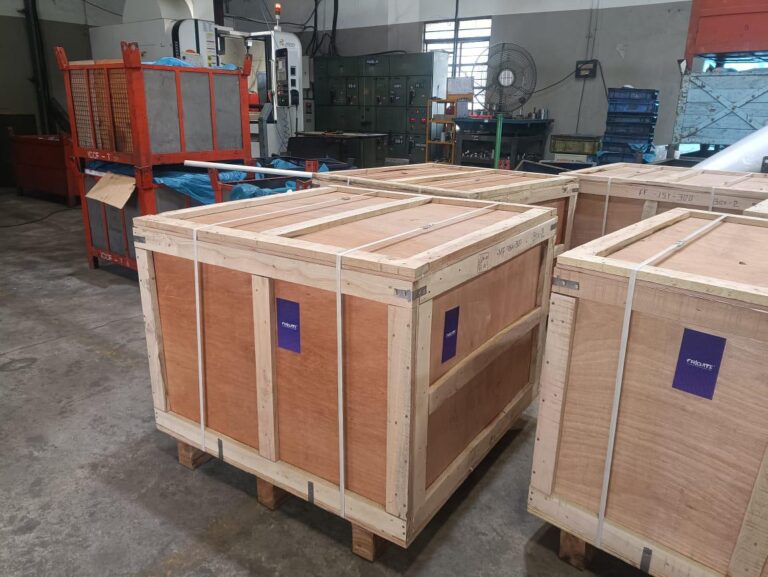
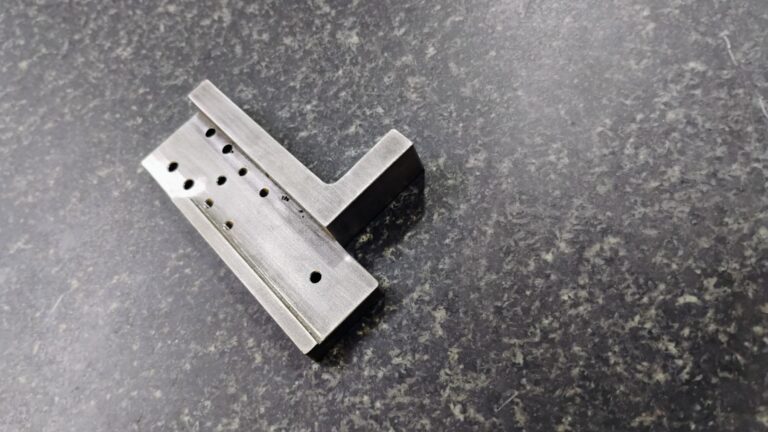
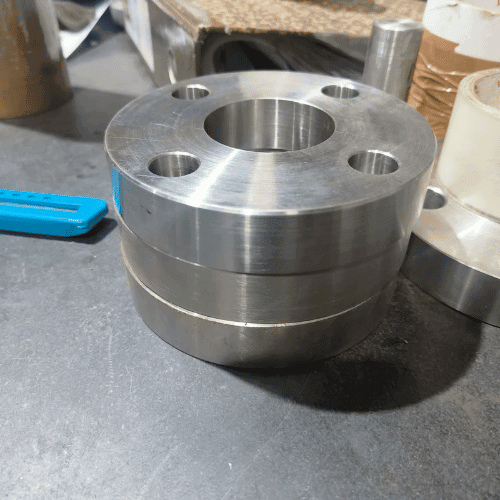
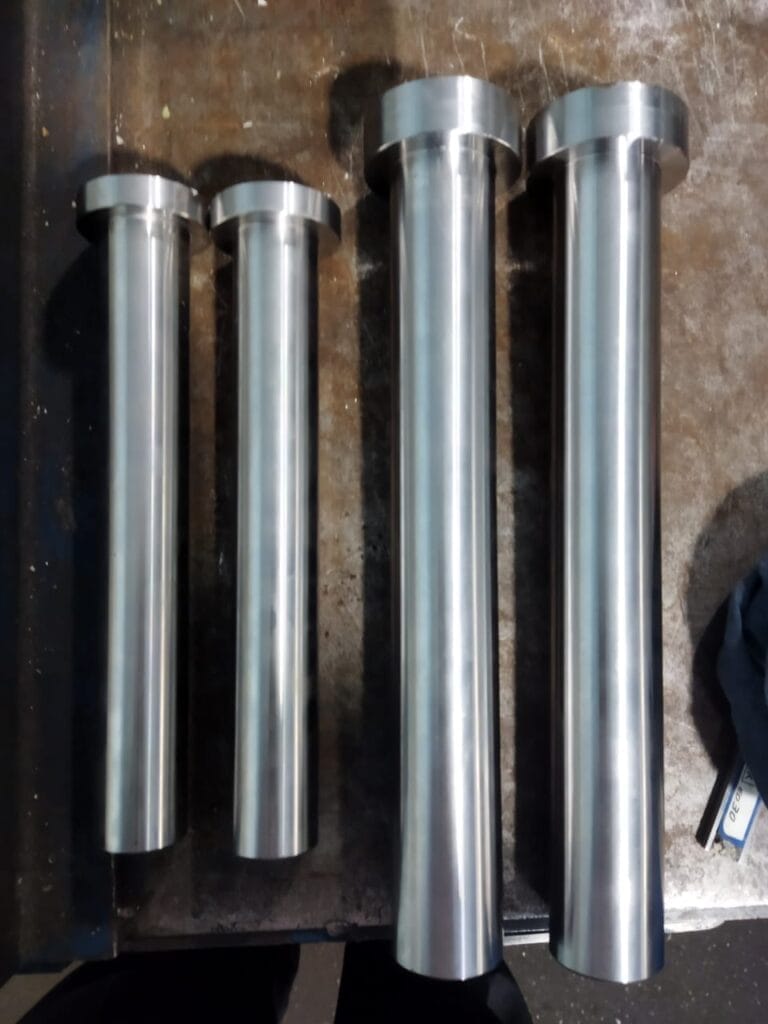

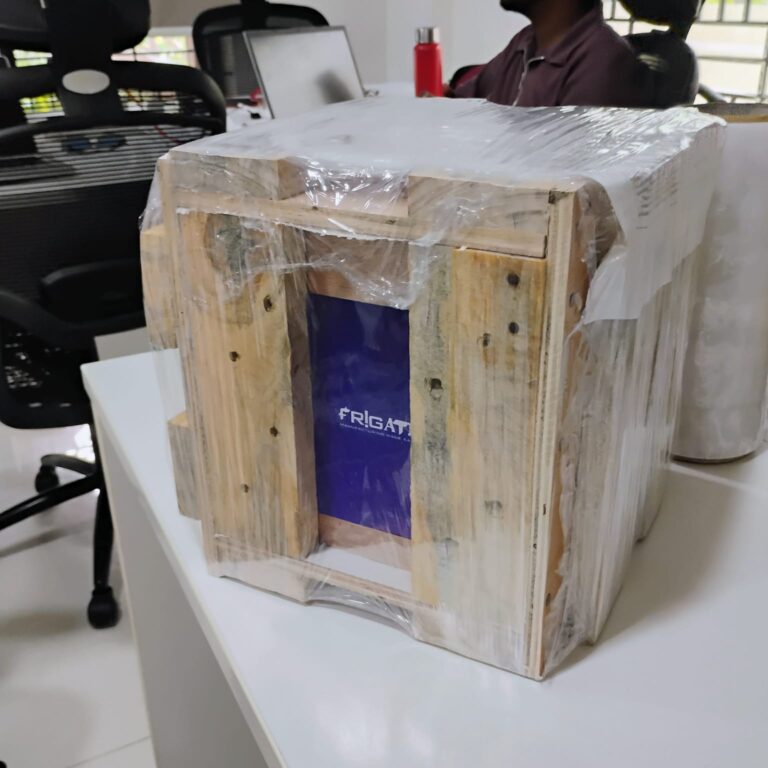

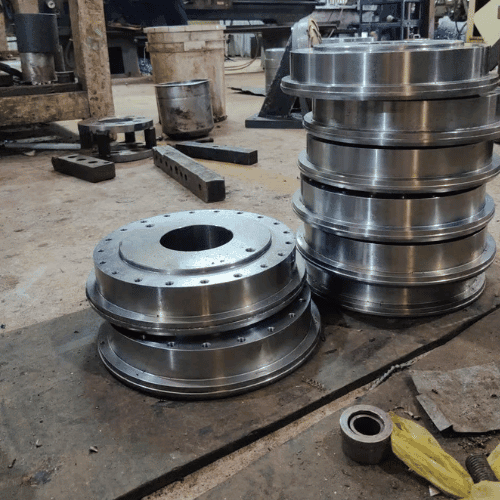
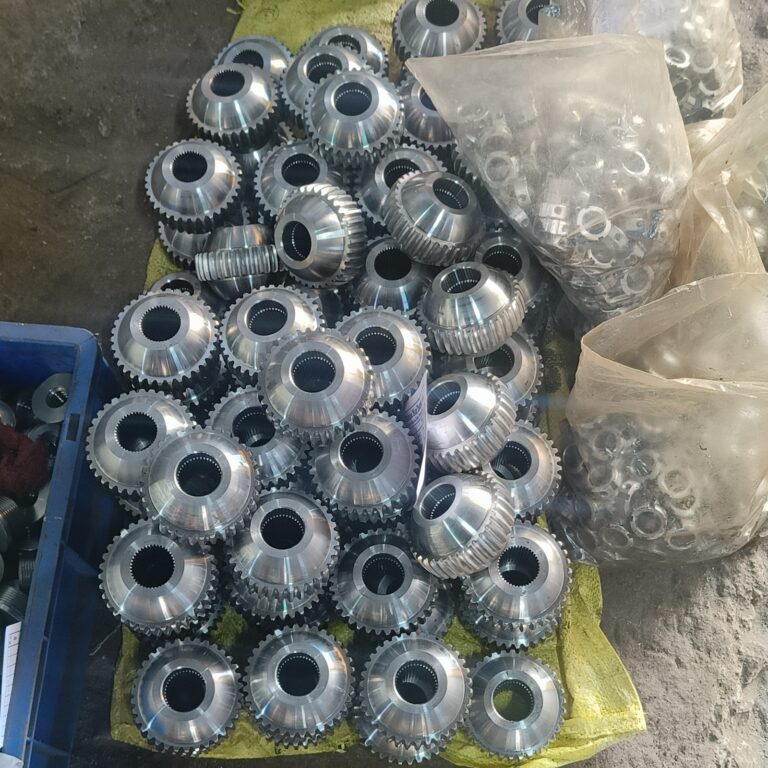
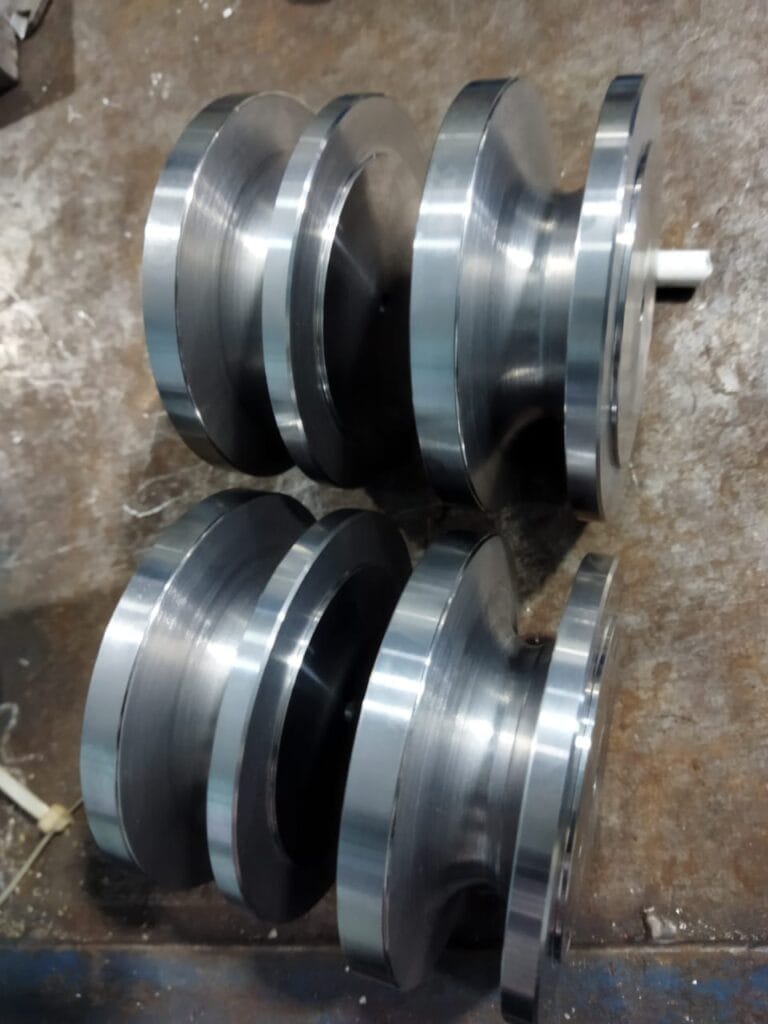
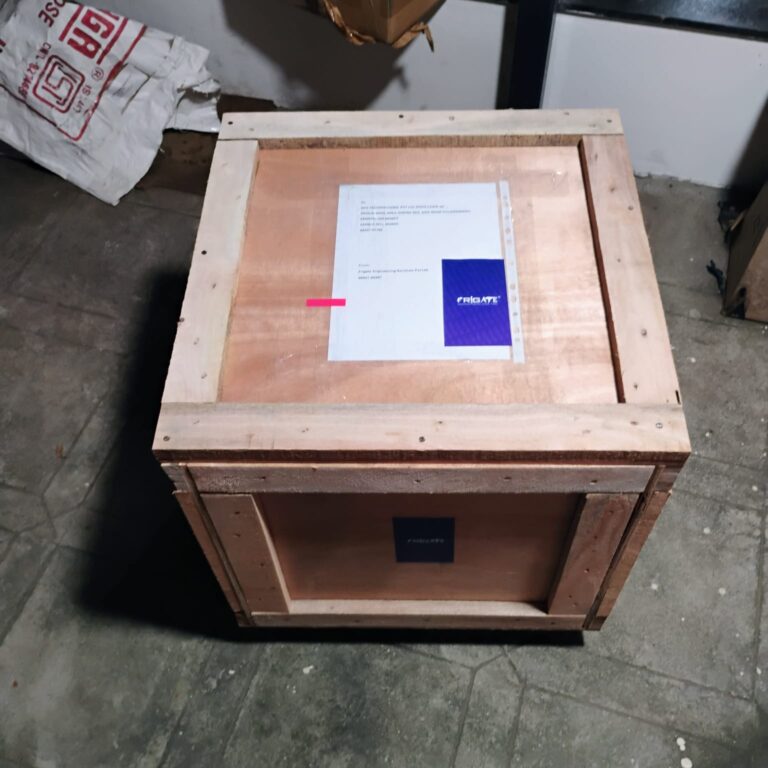

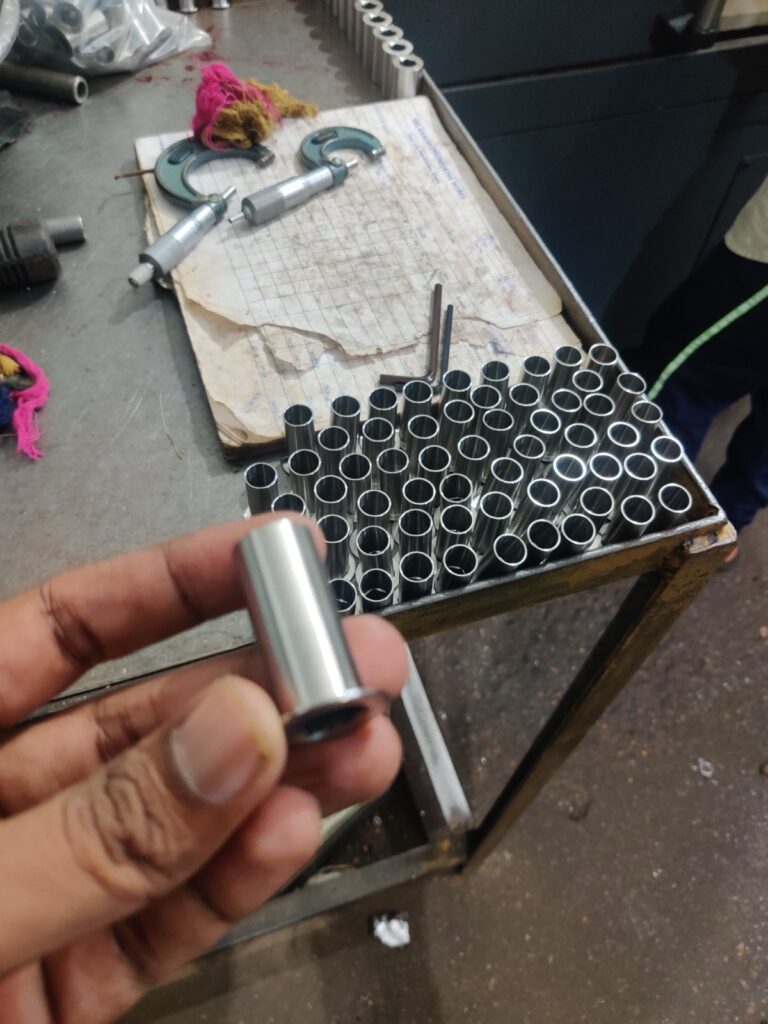
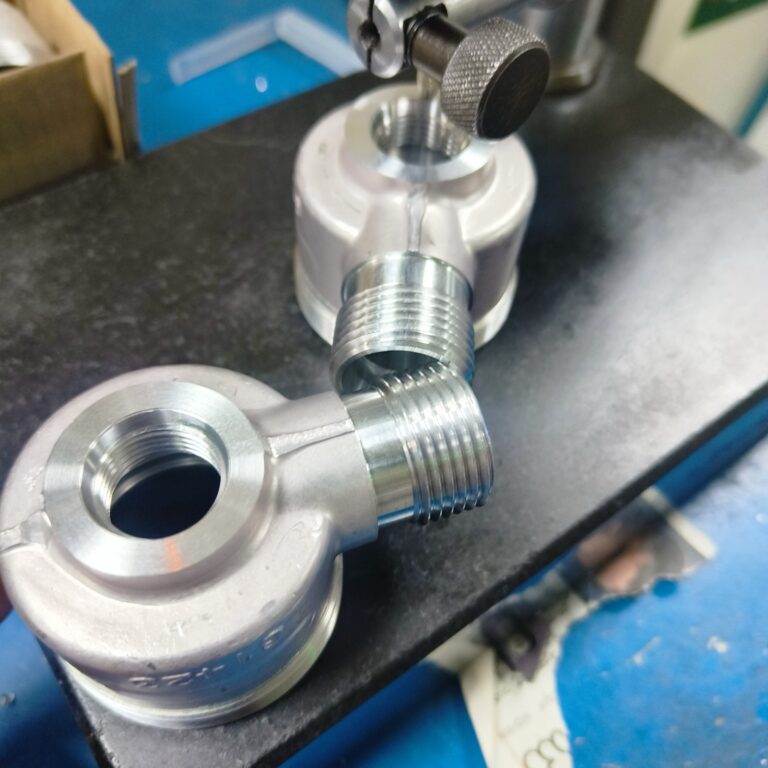
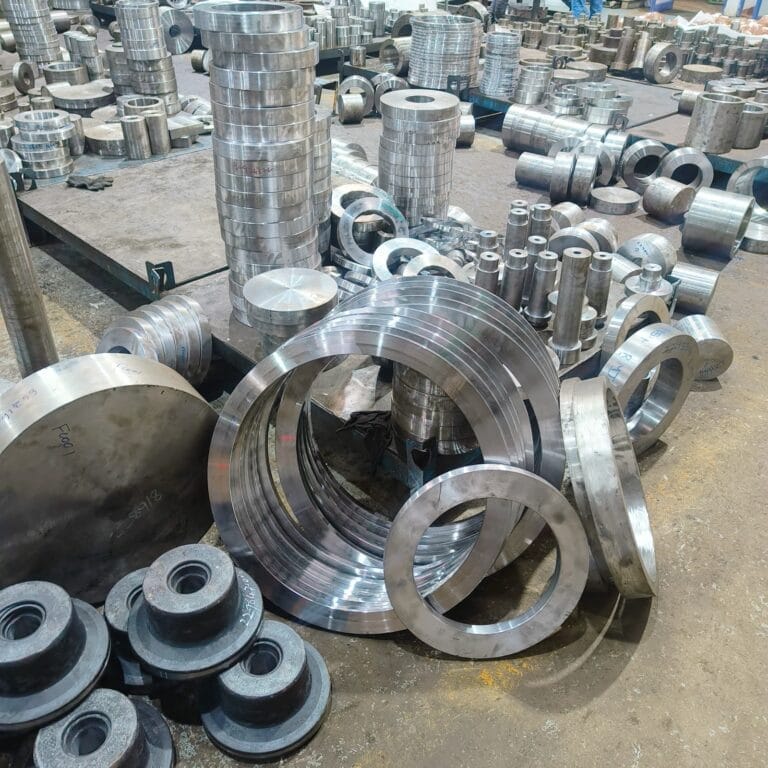
Other Industries We Serve
We deliver machining support across sectors that require consistency, material reliability, and tight dimensional control.
- Solid Progress
Our Manufacturing metrics
Frigate brings stability, control, and predictable performance to your sourcing operations through a structured multi-vendor system.

2.8X
Sourcing Cycle Speed
Frigate’s pre-qualified network shortens decision time between RFQ and PO placement.
94%
On-Time Delivery Rate
Structured planning windows and logistics-linked schedules improve project-level delivery reliability.
4X
Multi-Part Consolidation
We enable part family batching across suppliers to reduce fragmentation.
22%
Quality Rejection Rate
Multi-level quality checks and fixed inspection plans lower non-conformities.
30%
Procurement Costs
Optimized supplier negotiations and bulk order strategies reduce your overall sourcing expenses.
20%
Manual Processing Time
Automation of sourcing and supplier management significantly reduces time spent on manual tasks.
Get Clarity with our Manufacturing Insights
- FAQ
Having Doubts? Our FAQ
Check all our Frequently Asked Questions in CNC Milling
Frigate uses high-rigidity vises and vibration-damped tool holders to stabilize part positioning throughout the milling process. We apply synchronized feed and speed strategies to reduce load fluctuation while cutting multi-cavity compressor housings. Each cavity depth is controlled using in-process probing with automatic offset adjustment. For critical sealing surfaces, we finish with precision end mills and low-stepover passes to maintain flatness within ±10 microns. We also validate roundness and bore alignment using air gauging systems before final release. This process ensures consistency across parts operating under pressure and thermal cycling in HVAC systems.
We operate high-speed vertical mills with chip evacuation systems optimized for aluminum. These machines use corner-radius end mills and high-helix geometries to prevent burring and edge deformation. Vacuum workholding helps secure thin-wall components during aggressive milling. To prevent surface oxidation, we schedule passivation or anodizing after milling, based on customer specs. Toolpath optimization ensures consistent wall thickness and minimized tool entry marks. Parts are visually inspected and then confirmed with CMM for final profile accuracy. This enables production of lightweight, corrosion-resistant frames suitable for HVAC outdoor units.
We machine thermoplastic and composite materials like PTFE, PEEK, and G10 on dedicated dry-cut CNC mills. These machines use non-conductive fixturing and filtered enclosures to reduce contamination. Low-rpm milling strategies combined with minimal stepdowns reduce localized heating, which could distort electrical insulator parts. To maintain edge accuracy, we apply slow plunge rates and maintain sharp, coated tools. Finished parts undergo dielectric strength testing and dimensional inspection. These steps help us deliver isolator and spacer components that meet HVAC electrical safety standards.
We follow structured inspection that starts with runout and concentricity checks right after rough milling. Final-stage parts undergo CMM probing to validate blade spacing, hub thickness, and bore concentricity within ±0.015 mm. We use blue light scanners for capturing blade curvature and airflow geometry, especially for custom impellers. Digital inspection reports include coordinate data cross-verified with CAM path logs. All reports are linked to machine ID and operator batch for traceability. This ensures each blower and impeller hub meets performance and balancing requirements before shipment.
We maintain pre-qualified programs and fixturing for high-run HVAC parts such as wall brackets, coil end caps, and duct adapters. Our scheduling platform allows real-time slot allocation for volume fluctuations across peak seasons. We stock bar stock and sheet materials in common grades like 6061-T6 and galvanized mild steel to reduce raw material lead times. By pairing machine availability with pre-loaded CAM paths, we can trigger production in under 24 hours. This model supports OEMs during market shifts and short forecast cycles.
We'd love to Manufacture for you!
Submit the form below and our representative will be in touch shortly.
LOCATIONS
Global Sales Office
818, Preakness lane, Coppell, Texas, USA – 75019
Registered Office
10-A, First Floor, V.V Complex, Prakash Nagar, Thiruverumbur, Trichy-620013, Tamil Nadu, India.
Operations Office
9/1, Poonthottam Nagar, Ramanandha Nagar, Saravanampatti, Coimbatore-641035, Tamil Nadu, India. ㅤ
Other Locations
- Bhilai
- Chennai
- Texas, USA


